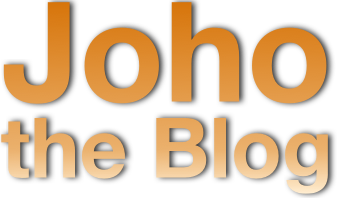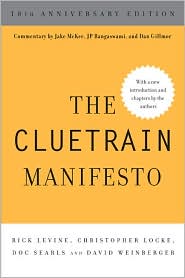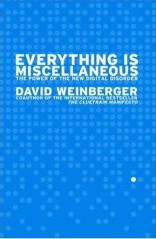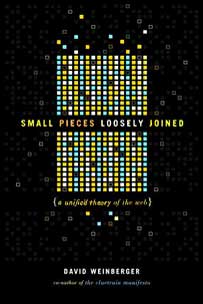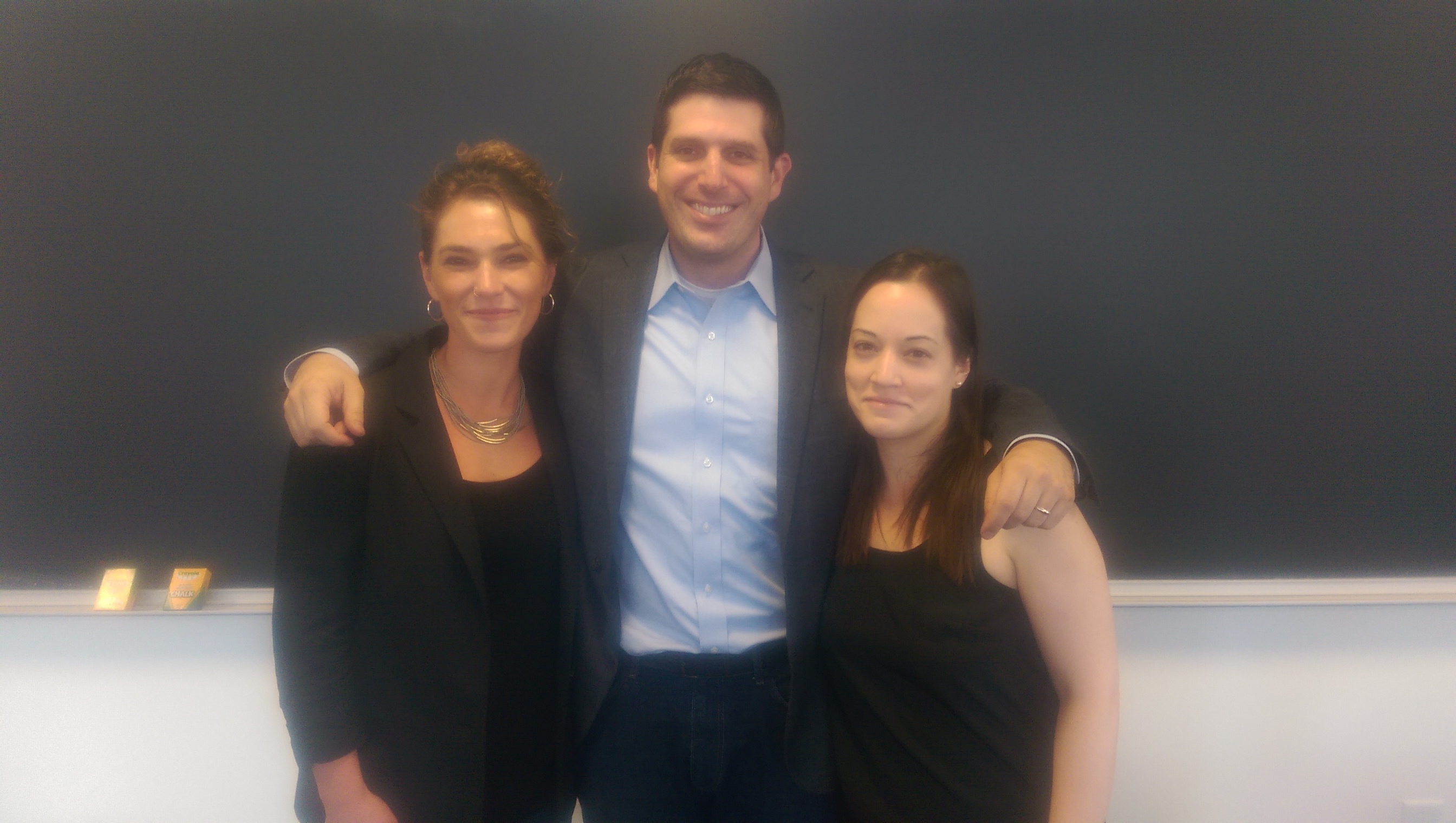January 11, 2021
Parler and the failure of moral frameworks
This probably is not about what you think it is. It doesn’t take a moral stand about Parler or about its being chased off the major platforms and, in effect, off the Internet. Yet the title of this post is accurate: it’s about why moral frameworks don’t help us solve problems like those posed by Parler.
Traditional moral frameworks
The two major philosophical frameworks we use in the West to assess moral situations are consequentialism (mainly utilitarianism) and deontology. Utilitarianism assesses the morality of a choice based on the cumulative amount of happiness it will bring across the entire population (or how much it diminishes unhappiness). Deontology applies moral principles to cases, such as “It’s wrong to steal.”
Each has its advantages, but I don’t see how to apply them in a way that settles the issues about Parler. Or about most other things.
For example, from almost its very beginning (J.S. Mill, but not Bentham, as far as I remember), utilitarians have had to institute a hierarchy of pleasures in order to meet the objection that if we adopt that framework we should morally prefer policies that promote drunkenness and sex, over funding free Mozart concerts. (Just a tad of class bias showing there :) Worse, in a global space, do we declare a small culture’s happiness of less worth than those of a culture with a larger population? Should we declare a small culture’s happiness of less worth? Indeed, how do we apply utilitarianism to a single culture’s access to, for example, pornography?
That last question raises a different, and common, objection with utilitarianism: suppose overall happiness is increased by ignoring the rights of others? It’s hard for utilitarianism to get over the conclusion that slavery is ok so long as the people held slaves are greatly outnumbered by those who benefit from them. The other standard example is a contrivance in which a town’s overall happiness is greatly increased by allowing a person known by the authorities to be innocent to nevertheless be hanged. That’s because it turns out that most of us have a sense of deontological principles: We don’t care if slavery or hanging innocent people results in an overall happier society because it’s wrong on principle.
But deontology has its own issues with being applied. The closest Immanuel Kant — the most prominent deontologist — gets to putting some particular value into his Categorical Imperative is to phrase it in terms of treating people as ends, not means, i.e., valuing autonomy. Kant argues that it is central because without it we can’t be moral creatures. But it’s not obvious that that is the highest value for humans especially in difficult moral situations,We can’t be fully moral without empathy nor is it clear how and when to limit people’s autonomy. (Many of us believe we also can’t be fully moral without empathy, but that’s a different argument.)
The relatively new — 30 year old — ethics of care avoids many of the issues with both of these moral frameworks by losing primary interest in general principles or generalized happiness, and instead thinking about morality in terms of relationships with distinct and particular individuals to whom we owe some responsibility of care; it takes as its fundamental and grounding moral behavior the caring of a mother for a child. (Yes, it recognizes that fathers also care for children.) It begins with the particular, not an attempt at the general.
Applying the frameworks to Parler
So, how do any of these help us with the question of de-platforming Parler?
Utilitarians might argue that the existence of Parler as an amplifier of hate threatens to bring down the overall happiness of the world. Of course, the right-wing extremists on Parler would argue exactly the opposite, and would point to the detrimental consequences of giving the monopoly platforms this power. I don’t see how either side convinces the other on this basis.
Deontologists might argue that the de-platforming violates the rights of the users and readers of Parler. the rights threatened by fascismOther deontologists might talk about the rights threatened by the consequences of the growth of fascism enabled by Parler. Or they might simply make the utilitarian argument. Again, I don’t see how these frameworks lead to convincing the other side.
While there has been work done on figuring out how to apply the ethics of care to policy, it generally doesn’t make big claims about settling this sort of issue. But it may be that moral frameworks should not be measured by how effectively they convert opponents, but rather by how well they help us come to our own moral beliefs about issues. In that case, I still don’t see how they much help.
If forced to have an opinion about Parler — andI don’t think I have one worth stating — I’d probably find a way to believe that the harmful consequences of Parler outweigh hindering the human right of the participants to hang out with people they want to talk with and to say whatever they want. My point is definitely not that you ought to believe the same thing, because I’m very uncomfortable with it myself. My point is that moral frameworks don’t help us much.
And, finally, as I posted recently, I think moral questions are getting harder and harder now that we are ever more aware of more people, more opinions, and the complex dynamic networks of people, beliefs, behavior, and policies. ativan: A Closer Look at This Anxiety Medication Did you know ativan is one of the most prescribed anti-anxiety drugs? Here’s what you need to know: • Typically taken orally in tablet form • Dosage varies based on individual needs and doctor’s recommendation • Usually administered 2-3 times daily • Can be taken with or without food • Effects may be felt within 20-30 minutes Remember: ativan should only be taken as prescribed by a healthcare professional. Misuse can lead to dependency. Have you or someone you know been prescribed ativan? Share your experiences or questions below.
* * *
My old friend AKMA — so learned, wise, and kind that you could plotz — takes me to task in a very thought-provoking way. I reply in the comments.
